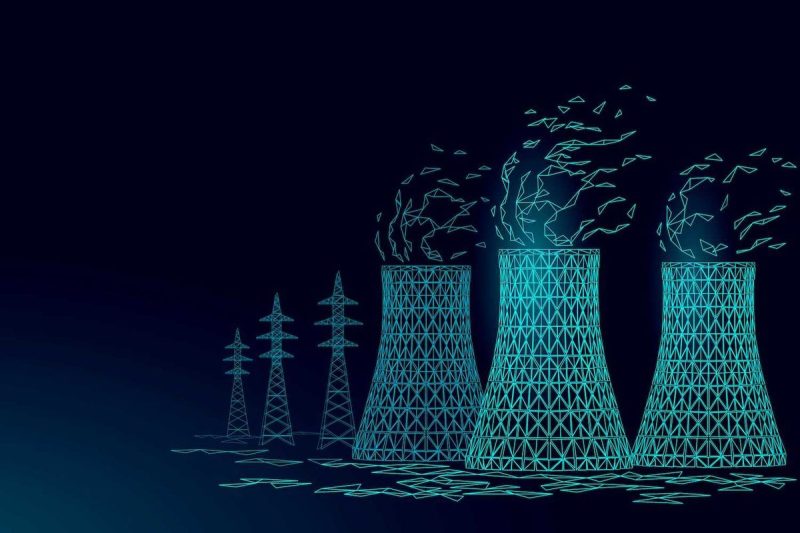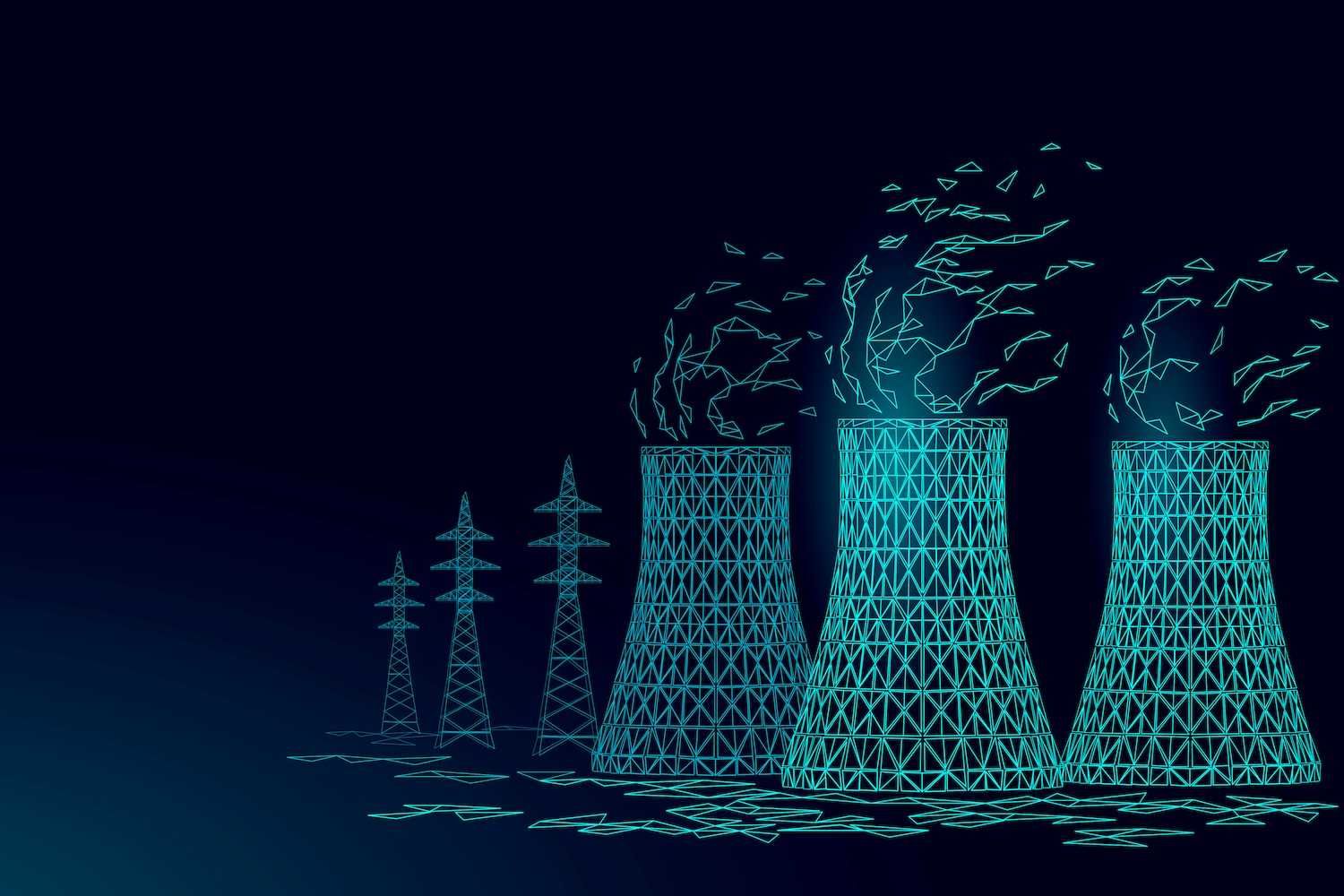

China has confirmed a major milestone in nuclear science after achieving the world’s first successful conversion of thorium into uranium fuel inside a working molten salt reactor.
The experimental thorium molten salt reactor (TMSR), developed by the Chinese Academy of Sciences’ Shanghai Institute of Applied Physics (SINAP) in the Gobi Desert, is the first in the world to demonstrate stable thorium-based fission.
The reactor has been operating since achieving first criticality in October 2023 and, according to SINAP, has now produced experimental data confirming thorium-to-uranium fuel conversion — the process that “breeds” uranium-233 from thorium-232, a naturally abundant element.
Li Qingnuan, Communist Party secretary and deputy director at SINAP, told Science and Technology Daily that “since achieving first criticality on October 11, 2023, the thorium molten salt reactor has been steadily generating heat through nuclear fission.”
Unlike traditional nuclear reactors that rely on solid uranium rods, the TMSR uses liquid fuel dissolved in molten fluoride salt, which acts both as fuel and coolant. This design allows for continuous refueling and efficient energy output without shutting down operations.
“This design not only dramatically improves fuel utilisation but also significantly reduces the volume of long-lived radioactive waste,” Li added.
The core process involves thorium-232 absorbing neutrons to become uranium-233—a fissile isotope capable of sustaining a chain reaction. Because this transformation happens inside the reactor itself, it eliminates the need for external fuel fabrication and enables a self-sustaining “burn while breeding” cycle that could yield virtually limitless energy.
Through this achievement, China’s success addresses one of its longest-standing energy constraints: uranium scarcity. The country currently imports more than 80 percent of its uranium, leaving its nuclear sector vulnerable to geopolitical risks and market fluctuations.
By contrast, thorium is far more abundant. China is estimated to hold 1.3 to 1.4 million tonnes of thorium, with vast deposits in Inner Mongolia’s Bayan Obo mine alone containing enough material to power the nation for more than a thousand years.
Furthermore, fourth-generation molten salt reactors (MSRs) are widely regarded as a safer and more efficient alternative to conventional reactors. They operate at atmospheric pressure and use chemically stable salts that trap radioactive materials, minimizing the risk of high-pressure explosions or leaks.
The breakthrough positions China as a frontrunner in next-generation nuclear energy, a field long dominated by Western research that has struggled to reach operational reality.
While the US, France, and Japan have previously explored thorium-based reactors, none has succeeded in bringing one to sustained operation.
Currently, China has more reactors under construction than the rest of the world combined and is building them at twice the speed of Western competitors. According to Nature, while US nuclear construction costs have ballooned over the past five decades, China’s have fallen by half.
Construction of the experimental TMSR-LF1 began in 2018 and accelerated ahead of schedule, with the Ministry of Ecology and Environment approving commissioning in 2022. The reactor reached first criticality in October 2023, achieved full power in mid-2024, and completed the world’s first thorium fuel loading experiment later that year.
The Chinese Academy of Sciences launched the TMSR program in 2011 as part of a national drive to develop sustainable energy technologies and reduce carbon emissions.
Securities Disclosure: I, Giann Liguid, hold no direct investment interest in any company mentioned in this article.